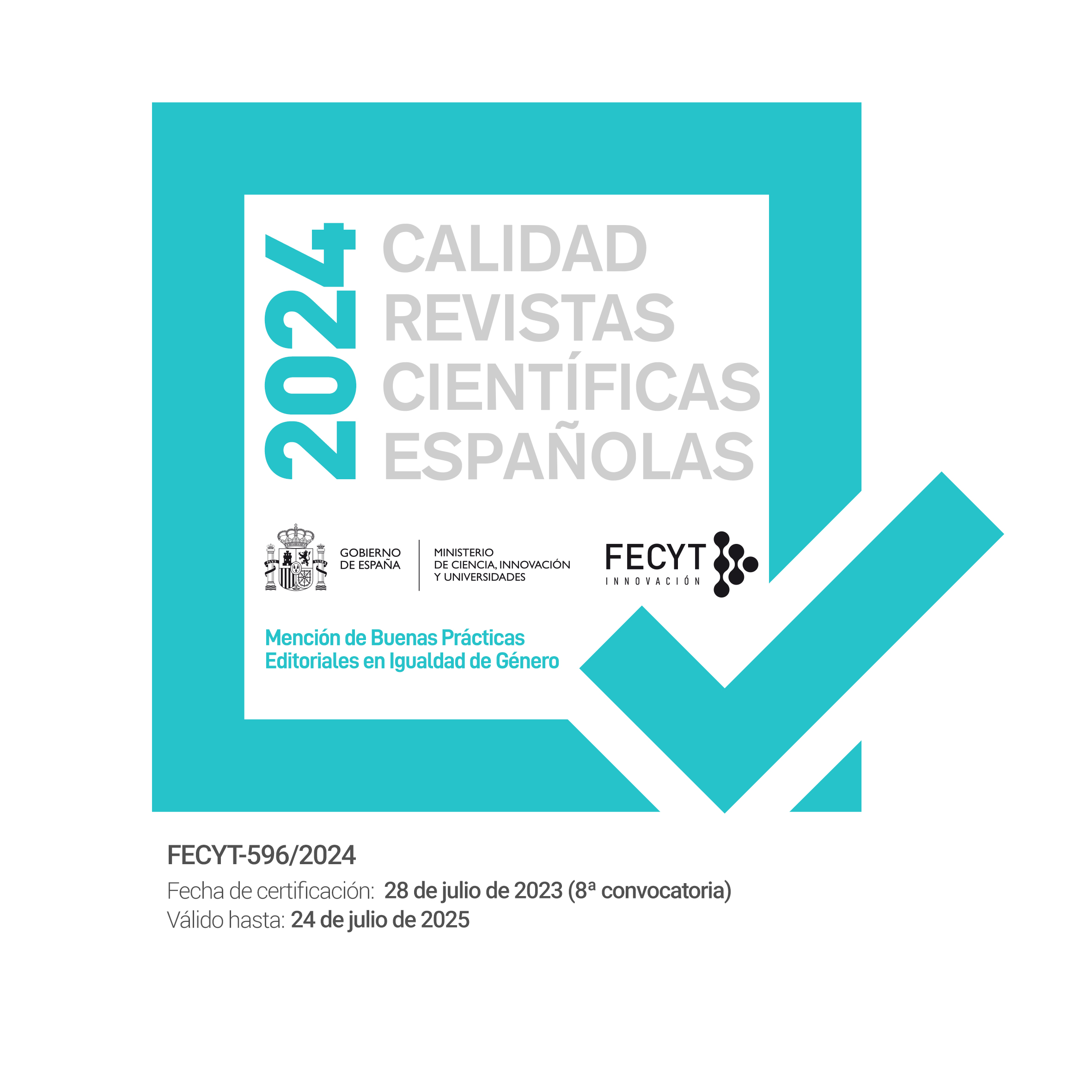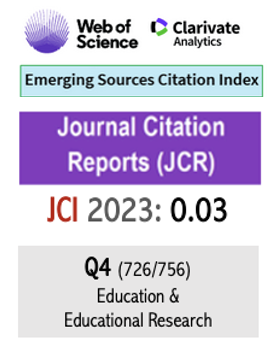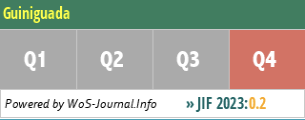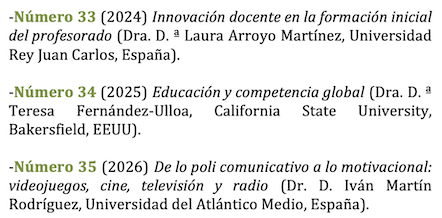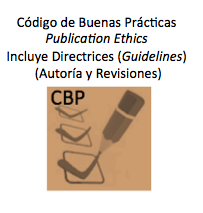La habilidad musical: evaluación e instrumentos de medida
Keywords:
habilidad musical, evaluación, test de habilidad musicalAbstract
Según las teorías de autores considerados fundamentales en el campo de la pedagogía musical se constata la complejidad de establecer una definición que con- siga una aceptación unánime sobre la habilidad musical. Ésta, la definiríamos como la característica que diferencia a las personas con capacidades para la música de las que no las poseen. La dificultad radica en la determinación de cómo y dónde se es-ablece la frontera.Los tests de habilidad musical son los mejor aceptados en la psicología de la música. Su finalidad es la evaluación del potencial de un individuo para conseguir una conducta musical habilidosa. Entre estos tests cabe destacar, en orden cronológico, los de Seashore, Wing, Gaston, Drake, Gordon y Bentley, por su relevancia histórica y por su repetido uso. El de A. Bentley es el que consideramos más útil y riguroso pues no necesita aprendizajes previos. Las aplicaciones que ha recibido a través de autoras como Vera (1989), y concretamente en Canarias, Guerra (2003) y Quintana (2009) así lo demuestran.
Downloads
Downloads
Published
2011-10-07
How to Cite
Quintana Guerra, F., Mato Carrodeguas, M. del C., & Robaina Palmés, F. (2011). La habilidad musical: evaluación e instrumentos de medida. El G U I N I G U a D a, (20), 141–150. Retrieved from https://ojsspdc.ulpgc.es/ojs/index.php/ElGuiniguada/article/view/415
Issue
Section
Papers
License
Authors who publish with this journal agree to the following terms:
- Authors retain copyright and grant the journal right of first publication with the work simultaneously licensed under a Creative Commons Attribution License that allows others to share the work with an acknowledgement of the work's authorship and initial publication in this journal. You can not make a commercial use of the work. The use derived from the work is also not allowed.
- Authors are able to enter into separate, additional contractual arrangements for the non-exclusive distribution of the journal's published version of the work (e.g., post it to an institutional repository or publish it in a book), with an acknowledgement of its initial publication in this journal.
- Authors are permitted and encouraged to post their work online (e.g., in institutional repositories or on their website) prior to and during the submission process, as it can lead to productive exchanges, as well as earlier and greater citation of published work (See The Effect of Open Access).
